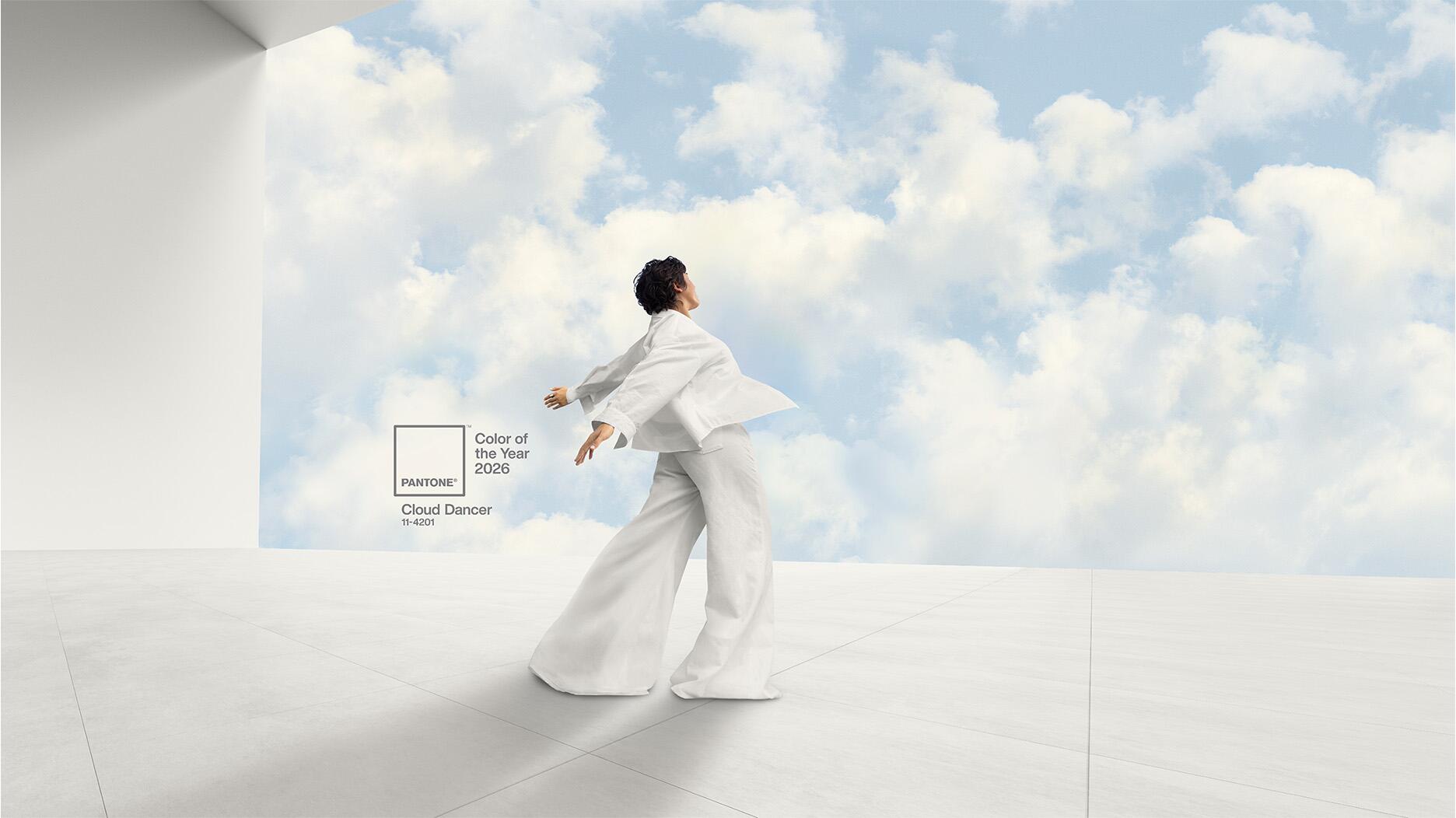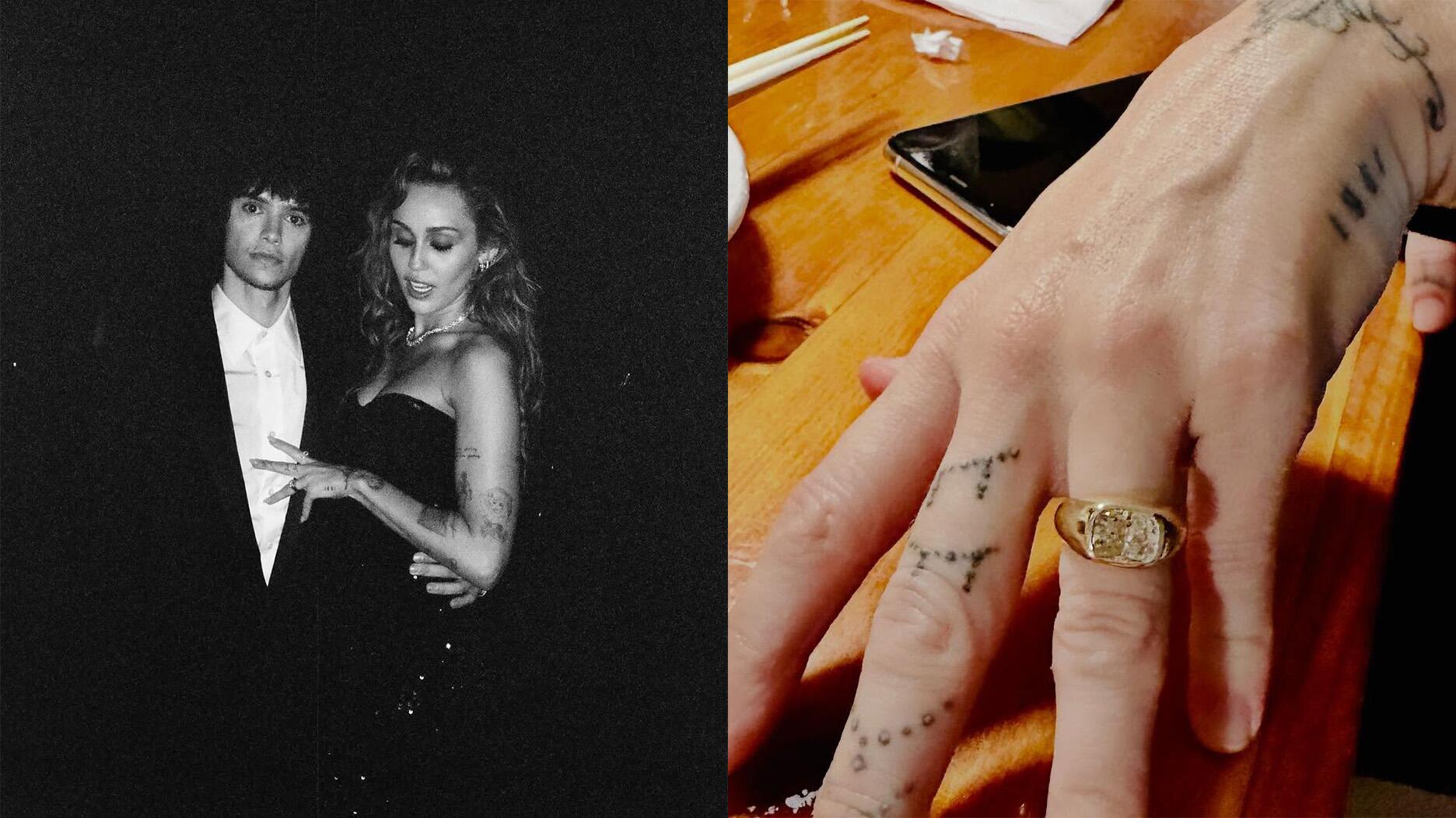The new pink sapphire version of the piece dances with its wearer in the brand’s “Icons After Dark” holiday campaign.
The History Behind … Dress Clips
What inspired these popular Art Deco-era pins, and what forced them out of fashion? A look at the story behind a style that’s similar to the brooch.

New York--Dress clips are a type of pin that first gained prominence in the 1920s and were worn in pairs, often opposite one another on the neckline or straps of a dress.
The style, however, fell out of favor in the 1950s when classic brooches regained popularity, and it never really recovered.
So, what forced dress clips out of fashion, and will they ever come back in style again?
Greg Kwiat, CEO of Fred Leighton, and Rebecca Selva, chief creative officer and public relations director for the jeweler, recently took the time to chat with National Jeweler about this Art Deco-era trend, and some of the ways in which Fred Leighton is finding new life for these classic clips.
When did women first start wearing dress clips? Dress clips, Kwiat said, first began to appear post-World War I. Fashion in both clothing and jewelry changed as the world worked to recover from the “Great War” and time marched on into the 1920s, a famous decade for style.
During this time, “fashion began to dictate some of the jewelry trends” in many respects, Kwiat said. “The tight, corseted dresses of the Edwardian period came into a much more free-form flowing, adventurous, romantic style,” including the famous flapper dresses of the era.
This new style of dress called for more ornamentation, and Kwiat said dress clips evolved as a reaction to that and were worn not only on dresses but also on furs and accessories, like handbags.
“I think it’s a real phenomenon in a way because dress clips become the piece of jewelry you have to have, and becomes integral to a dress and a look,” Selva said. “Designers are putting them on these dresses that they are making. Some of the big thrust was the movies, people going to the movies in the 1920s, and they’re seeing these beautiful women with these dress clips and they want that.”
And so companies started making them in great number, and not just the great houses such as Cartier, Van Cleef & Arpels and Raymond Yard, but famous costume jewelers of the era too, like Trifari and Coro. This, in turn, feeds back to the fine houses and the dress clip quickly establishes itself as a “must-have item in fashion,” Kwiat said.
“The costume jewelry industry,” Selva said, “gave such a boost to that concept.”
Did dress clips serve any purpose?
What separates the dress clip from the classic brooch? Kwiat said in the beginning, dress clips were always in pairs, worn separated from each other on the strap or neckline of a dress, and almost always symmetrical.
However, they also could be worn together. He said pairs of dress clips often had a back that secured the two halves together so it became one piece, like a more classic-style brooch.
“That’s really the difference,” he said. “The dress clips are two pieces that can be worn together or separate whereas a brooch is typically a single element.”
Kwiat added that the Art Deco period is also the first time dress clips appeared, whereas one could go as far back as the Ancient Egyptians and find brooches.
When do we see dress clips begin to decline in popularity? In the 1930s and ‘40s, the style of dress clips evolved alongside other jewelry.
The bright-white platinum and diamond aesthetic of the early Art Deco era expanded to incorporate yellow gold and more colored gemstones and asymmetry became more of an acceptable idea.
As World War II ended, though, styles began to change.
Kwiat noted that during the Great Depression and the World War II, people went to the movies to escape and were inspired by the styles of actresses like Jean Harlow, Greta Garbo and Marlene Dietrich, who were featured on screen and in images wearing dress clips.
“(Dress clips are) never going to be what (they were) before but I always want to think that there’s people out there who love it and will wear them and enjoy them.” --Rebecca Selva, Fred LeightonBut then, “World War II ends, times change, fashions change,” he said. “And in the 1950s, the brooch really resurges in popularity and dress clips become less popular. You see dress clips fade a little bit in the minds of consumers.”
And they really never made a comeback.
“Dress clips really occupy a very distinct moment in time and they kind of bring you back to the ‘20s, ‘30s and ‘40s,” Kwiat said.
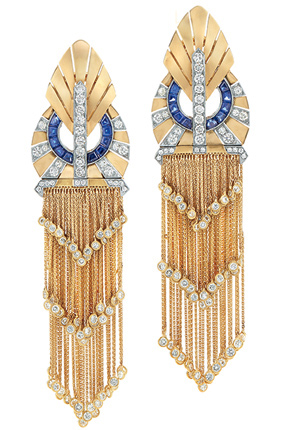
Do you think the dress clip will ever regain the same type of popularity they enjoyed in the 1920s? “I pray every day for that,” Selva laughed. “You know what, it’s never going to be what it was before, but I always want to think that there’s people out there who love it and will wear them and enjoy them.”
Kwiat agreed, “It will never be as popular as it was in the 1920s.”
While today’s more casual dress doesn’t lend itself to the traditional manner of wearing dress clips, Selva noted that there are different ways of donning them today. Some women wear a single clip to dress up a pair of black pants while others tuck them into updos to add some glamour to the hair.
Fred Leighton, too, has found ways of incorporating beautiful Art Deco-era dress clips into modern-looking pieces of jewelry. “When we see beautiful dress clips, sometimes we feel they can make the basis of a beautiful design of some other kind,” Kwiat said.
The jeweler crafted a black enamel bangle with a pair of platinum diamond, ruby and onyx dress clips in mind. They also have designed big, modern earrings incorporating dress clips with on-trend styles such as yellow gold and fringe.
This reflects another trend seen throughout the history of jewelry--versatility, the desire to craft pieces that can be worn in multiple ways.
“People were always thinking about how they could wear things differently and more often,” Kwiat said.
The Latest

The manufacturer’s holiday campaign features a gift guide filled with trending designs and jewelry that can be personalized.

The man was charged with theft, accused of ingesting the necklace while in a jewelry store in Auckland, New Zealand.

How Jewelers of America’s 20 Under 40 are leading to ensure a brighter future for the jewelry industry.

The Florida independent expanded its store from 8,000 to 14,000 square feet, fulfilling the vision of its late co-founder, Jim Dunn.

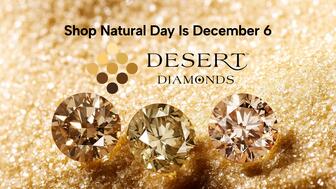
Sponsored by De Beers Group
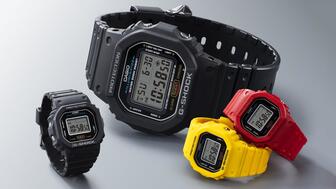
The classic 5600 series G-Shock has been scaled down to about a tenth of its size, becoming a fully functioning watch ring.

Roseco’s 704-page catalog showcases new lab-grown diamonds, findings, tools & more—available in print or interactive digital editions.

The association’s annual conference and gala will take place Feb. 4, 2026, during the Tucson gem shows.

The January show will include a workshop for jewelry retailers on implementing AI to strengthen their businesses.

The retailer, which sells billions in fine jewelry and watches, is suing the Trump administration and U.S. Customs and Border Patrol.

Black Friday is still the most popular shopping day over the five-day holiday weekend, as per the National Retail Federation’s survey.

The historic egg, crafted for Russia's ruling family prior to the revolution, was the star of Christie’s recent auction of works by Fabergé.

The retailer offered more fashion jewelry priced under $1,000, including lab-grown diamond and men’s jewelry.
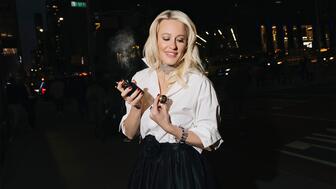
The eau de parfum is held in a fluted glass bottle that mirrors the decor of the brand’s atelier, and its cap is a nod to its “Sloan” ring.

Vivek Gadodia and Juan Kemp, who’ve been serving as interim co-CEOs since February, will continue to lead the diamond mining company.

In addition, a slate of new officers and trustees were appointed to the board.
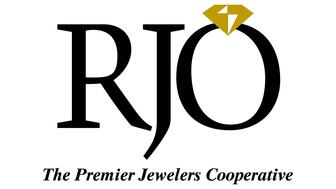
Witt’s Jewelry in Wayne, Nebraska, is the organization’s new milestone member.

Laurs is the editor-in-chief of Gem-A’s The Journal of Gemmology and an expert on the formation of colored gemstone deposits.

The man, who has a criminal history, is suspected of being the fourth member of the four-man crew that carried out the heist.
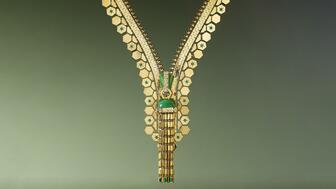
The single-owner collection includes one of the largest offerings of Verdura jewels ever to appear at auction, said Christie’s.

Michael Helfer has taken the reins, bringing together two historic Chicago jewelry names.

The guide features all-new platinum designs for the holiday season by brands like Harwell Godfrey, Ritani, and Suna.

During its Q3 call, CEO Efraim Grinberg discussed the deal to lower tariffs on Swiss-made watches, watch market trends, and more.
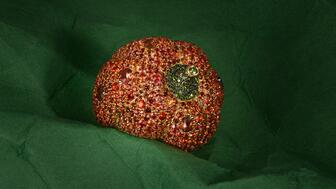
Rosior’s high jewelry cocktail ring with orange sapphires and green diamonds is the perfect Thanksgiving accessory.
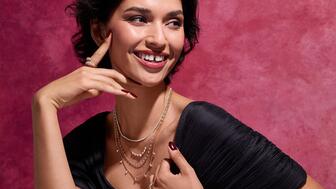
The “Embrace Your True Colors” campaign features jewels with a vibrant color palette and poetry by Grammy-nominated artist Aja Monet.

Luxury veteran Alejandro Cuellar has stepped into the role at the Italian fine jewelry brand.











